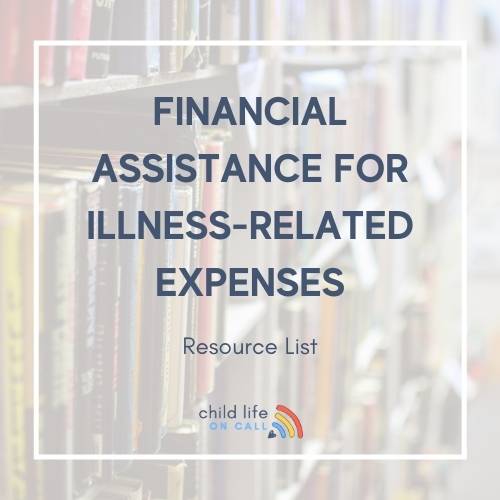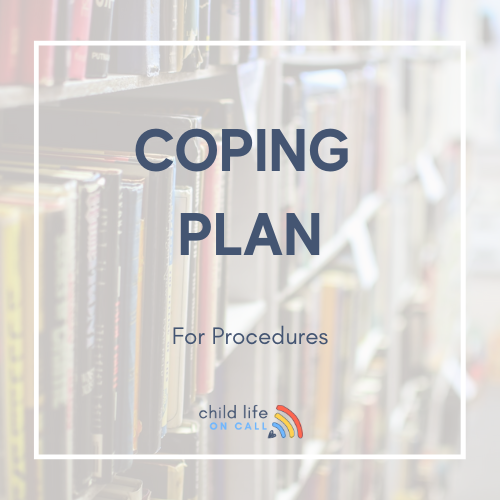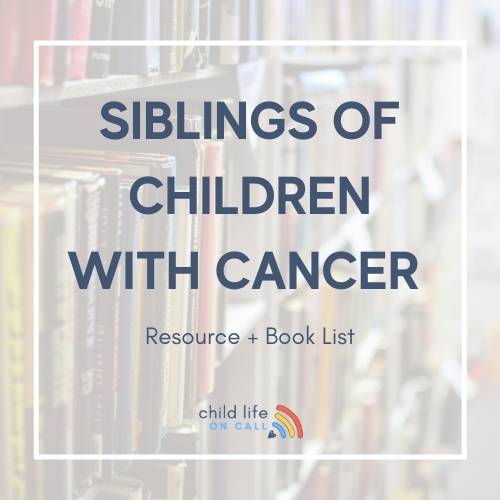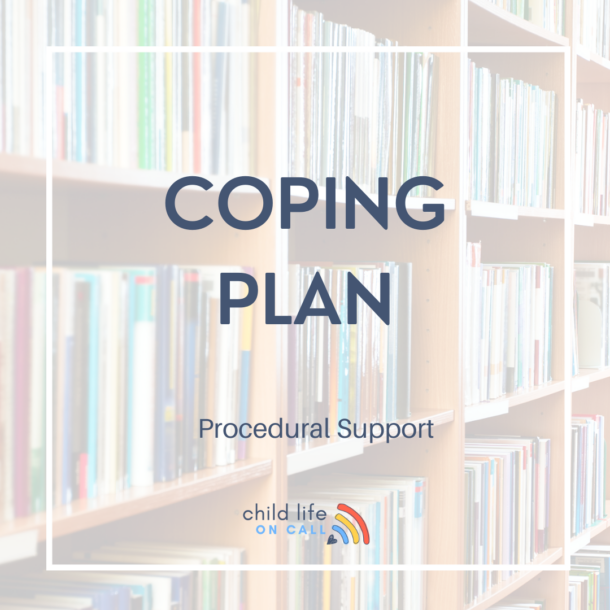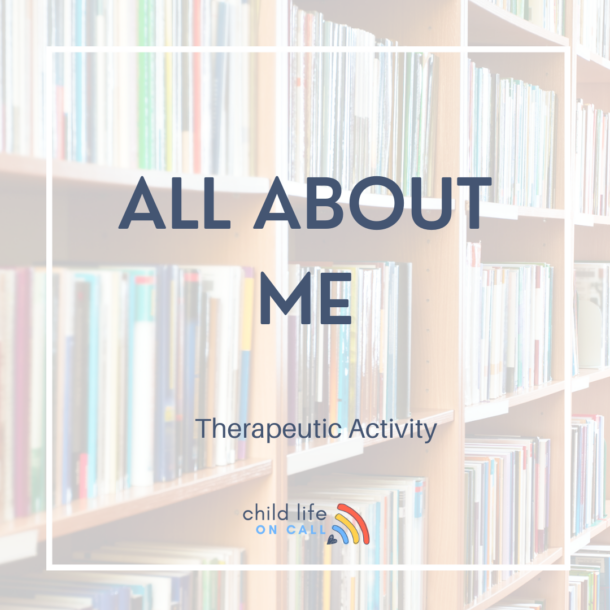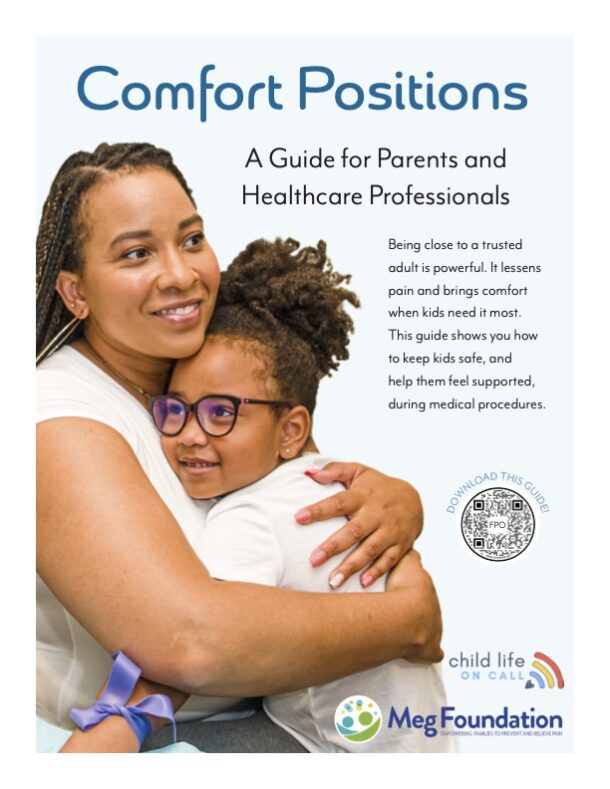"I feel like I owe it to him to explore other avenues. Acceptance doesn’t mean giving up; it means continuing to learn and adapt."- Lexi In this episode of Child Life On Call, Katie Taylor speaks with Lexi, a devoted mother of two, about her family's journey with...
Episode 104 | Maureen’s Story: A Daughter with Bilateral Clubfoot
Podcast Show Notes
Today’s guest is Maureen, and she found out at her 20 week ultrasound that her daughter had clubfoot. She shares what families have to endure when confronted with a child with clubfoot. You’ll hear about B and B (boots and bar), serial casting, surgeries, doctors’ visits, and the amount of parent intervention that has to take place in the first four to five years of these kids’ lives.
In this episode, we talk about…
[2:07] Maureen’s family and background
Maureen has three daughters, ages nine, seven, and three-and-a-half. She is married to her high school sweetheart, and they grew up and currently live in Colorado. Maureen grew up with three brothers, so having three daughters expressing their feelings and communicating a lot has been a change and a growth opportunity for her.
[4:53] Getting a clubfoot diagnosis in utero
Maureen’s youngest daughter was born in 2018, and she was diagnosed with clubfoot in utero. Since they had two older daughters, they had decided not to find out the sex of the baby at their 20-week ultrasound. During the scan, the ultrasound tech looked at the baby’s feet and told Maureen and her husband they would have to go back and take another look. Babies are very bendy in the womb, but her feet looked like she may have had clubfoot.
At that moment, Maureen became very quiet. She is an internal processor, and so she needed to close off and think. She hoped the ultrasound tech would go back and realize that her feet were typical, and that she was just in a weird position. The ultrasound also seemed to last a bit longer than usual, because the tech was likely looking for other congenital issues that could be associated with clubfoot.
When the tech went back to the feet, she confirmed that she still saw the same thing. Having bilateral clubfoot means that the baby’s feet were turned inwards and upwards toward the ankle, resembling a golf club.
Maureen was shocked. She had never heard of clubfoot before, and there was no family history of the condition. She was picturing a foot with no toes that literally looked like a golf club, and she immediately jumped to the worst case scenario. Her husband was also a bit like a deer in headlights.
After the ultrasound, they met with a new OB who told them that their baby would be born with clubfoot, and she had to Google what the treatment was. So right off the bat, they didn’t have a lot of confidence about what they were supposed to do next. They discussed the Ponseti method of treatment, which involves serial casting, a surgical procedure, and bracing for up to five years. It is a lot of heavy lifting upfront for parents.
The OB sent them for an ultrasound at a different clinic, to ensure they saw the same issue. It was right before Christmas at this point, so they had to schedule their next scan for around two weeks later. They were directed not to Google anything, and sent on their way. Maureen left the office distraught, confused, and scared. She didn’t want to tell everybody yet, because they were waiting until the confirmation ultrasound to be sure. Going to Christmas events felt isolating and overwhelming, because everybody wanted updates on the baby.
[11:39] Processing her daughter’s clubfoot diagnosis
Maureen had to emotionally process the news, and then she jumped into research mode. She and her husband disregarded the doctor’s advice not to Google, and Maureen got a book called The Parents’ Guide to Clubfoot by Betsy Miller. It was a really awesome resource that was not fear-based or intimidating. She joined a bunch of clubfoot groups on social media, which yielded both positive and negative experiences. It definitely scared her into action, because people would post in the groups when they had issues, complications, and struggles.
Hearing other people’s stories led Maureen to realize that she needed to know what they were getting into, and she needed to prepare to be an advocate for her child. With her other two daughters, she was of the mindset that the doctor knows best.
[13:28] Medical treatment for clubfoot
With clubfoot treatment, not all doctors who perform the Ponseti Method are very experienced. Despite clubfoot being one of the most common birth defects, it still impacts only one in every thousand babies in the United States. So it doesn’t tend to be a main part of practice for most orthopedic surgeons.
The groups helped Maureen to think about choosing a doctor who is well-trained. She scheduled consultations to meet with doctors, and she went in with lists of questions to ask. Her lists were categorized into sections, so she could ask about casting, the doctor’s training, relapse, and boots and bar. It was really important for them to get a good understanding of what the treatment was going to look like with that doctor. That was Maureen’s first step in her advocate role as a new clubfoot mom.
Maureen shared her background as a trained marriage and family therapist, and she explained that she has always been advocating for someone in some sense. When she worked in a school system, she advocated for children. She was a family court facilitator in divorce court for several years, and that involved helping people to advocate for themselves within the court process.
[17:14] Handling the stress of her daughter’s diagnosis
The hardest part of receiving her daughter’s clubfoot diagnosis was the unknown. Maureen didn’t know what the experience would be like, and she didn’t know if things would work that had worked for her older two daughters. She didn’t know if her new baby would be able to wear the same clothes as her older daughters, or if she would be able to hold the baby. The cast they use for serial casting is a plaster cast that goes all the way from foot to thigh.
The self-confidence piece was really hard, and Maureen wasn’t sure if she could handle the medical treatment as it is very labor intensive on parents. She had a lot of self-doubt at the beginning. After the 20-week ultrasound, the remainder of her pregnancy was pretty intense. She had a lot of fear about other issues being present that they didn’t know about, and it was all-consuming at times. Once her daughter was born and on her chest, Maureen’s fear disappeared. She decided she would do whatever it takes to make her life and this journey as smooth as possible for her.
[23:32] The parental workload involved with clubfoot maintenance and treatment
Before the Ponseti treatment was developed, the treatment was more heavily surgical. They would cut into the foot and reposition the tendons and ligaments, creating the potential for a lot of scar tissue at a young age. Once the scar tissue exists, it is hard to correct without creating more scar tissue. Adults with clubfoot who had the surgery often had very painful feet later in life. The Ponseti method is more of a gentle manipulation, like putting braces on your teeth to slowly move them into the right position. The casts are like braces, and each week you put on a new cast to slowly manipulate the foot into the correct position.
Maureen’s daughter was 13 days old when she got her first set of casts. Before her sixth casts were put on, she had a surgical procedure to completely sever the Achilles tendon on the back of the foot, because those are short since the feet are turned in at birth. Since they are shortened, they can’t be as flexible. So they sever the Achilles and then put the last cast on, which stays on for three weeks to allow the tendon to completely heal.
After that, you move into what is called boots and bar, which is two boots attached by a bar. This apparatus keeps the feet in the corrected position. So in the ‘braces’ analogy, the boots and bar are the retainers. They keep the child’s feet in the position that was achieved through casting.
[26:34] Maureen’s advice for other parents going through the boots and bar scenario
Maureen encourages parents to recognize their important role on their child’s medical team. You are responsible for the outcome of your child’s treatment, because if you don’t adhere to the boots and bar schedule there is a 90% chance the child will relapse. That means the child’s feet will go back to the original clubfoot position. The burden is really high on parents, which is hard, overwhelming, daunting, and stressful – but it is also within your control.
Maureen felt so out of control during her pregnancy, as she couldn’t do anything about her daughter’s diagnosis. Once they moved into the treatment phase, she could care for the casts and commit to consistency with her boots and bar. She felt a lot of power in knowing the impact she had on her daughter’s treatment.
At first, Maureen’s daughter had to wear the boots and bar 23 hours a day for three months. As a parent, you have to learn how to do physical therapy and stretching at home. You have to watch for skin issues, and figure out how to help your baby adjust while you’re adjusting yourself. During this transition, a lot of clubfoot parents can feel self-doubt and low confidence.
[30:05] Sleep challenges related to clubfoot
Their sleep issues started about three weeks after their daughter transitioned to boots and bar, which also coincided with the developmental four month sleep regression. Maureen and her husband felt a lot of guilt, and they wanted to do everything they could to help her sleep because she had to wear the device. Looking back, she thinks they may have overcompensated in helping her sleep, which they didn’t do with their other daughters. It may have created some bad sleep habits, but they didn’t know what would help her sleep. They didn’t know if she was uncomfortable, or the bar length wasn’t long enough, or her skin issues were causing problems. They had a lot of anxiety about it, and it caused sleep problems for them as well.
[31:52] Treatment since the boots and bar
Maureen’s daughter is three-and-a-half now, and she is still in boots and bar at night and during naptime. Boots and bar usually starts at 23 hours for three months, and then there is a graduated schedule that for them looked like 18 hours for three months, 16 hours for three months, and then they went down to 14 hours right around when she was a year old. It’s supposed to be about 12 hours from one year old until you’re done with bracing. They decided to maintain consistency with boots and bar whenever she is sleeping, so she didn’t start to wonder why she had to wear them at night but not during naptime. Sleep and boots and bar go together.
Boots and bar can be really difficult and overwhelming, but that consistency upfront will pay off long term. They haven’t had any issues with her resisting her boots, because it is all she has ever known. In fact, Maureen thinks they may actually have a difficult time transitioning her out of it, because it is like a security blanket for her at this point.
[34:35] Maureen’s book: Clubfoot Chronicles
Maureen was able to connect with a couple of clubfoot moms that were at similar points in the journey. They were her lifeline, and they would spend hours messaging each other with questions and sharing experiences. She wanted to bottle up that support and put it into a resource that parents could access on their own time and feel like they were talking to another parent. Betsy Miller’s book is amazing, and it’s very thorough and medical. It wasn’t based in parent experience, and Maureen felt like there was sometimes a gap between what the medical community was telling parents about clubfoot and what they were experiencing at home.
When her last daughter was born, Maureen decided to become a stay-at-home mom. That was not entirely in her nature, and she decided to write the resource she wished she had when she was starting on her journey with clubfoot. Clubfoot Chronicles is part education and part memoir, and it includes a lot of practical user information as well as whole chapters on dealing with postpartum anxiety and the emotional impact on her marriage and other children.
[40:27] What Maureen’s daughter has taught her through this experience
Maureen feels like she is a changed person because of her daughter. She wrote a book, which was never in her life plan. The personal growth she has achieved through treating her daughter is mind blowing, and she sees her daughter as the most resilient and flexible kid. Maureen tells her often how proud she is of her, and her ability to trust her parents and the people around her to do the right thing has been really powerful to witness.
Connect with Maureen:
Have you heard? The Child Life On Call mobile app for parents, kids and their care team will be available in 2022. Sign up to stay informed here
Child Life On Call is a community of parents and professionals that share ideas, stories and resources to help YOU navigate your child’s unique experiences. We give you strategies to support yourself and your family through life’s challenges. We are so glad you are here.
Child Life On Call | Instagram | Facebook | Twitter
You Might Also Like…
223: A son with Burkitt lymphoma at 8 year’s old – Reina’s Story
"My immediate thought was I'm going to lose my son. That was where my head went immediately." - Reina Introduction In this episode of Child Life On Call, Katie Taylor talks with Reina, a devoted mother from Nashville, Tennessee. Reina shares her heartfelt journey of...
223: [6 minutes] The Child Life On Call App is Now SupportSpot!
Episode Description: In this special impromptu episode, Katie Taylor, Certified Child Life Specialist and CEO of Child Life On Call, shares some exciting news! We're rebranding our beloved Child Life On Call app to SupportSpot. Tune in to hear why we made this change...



